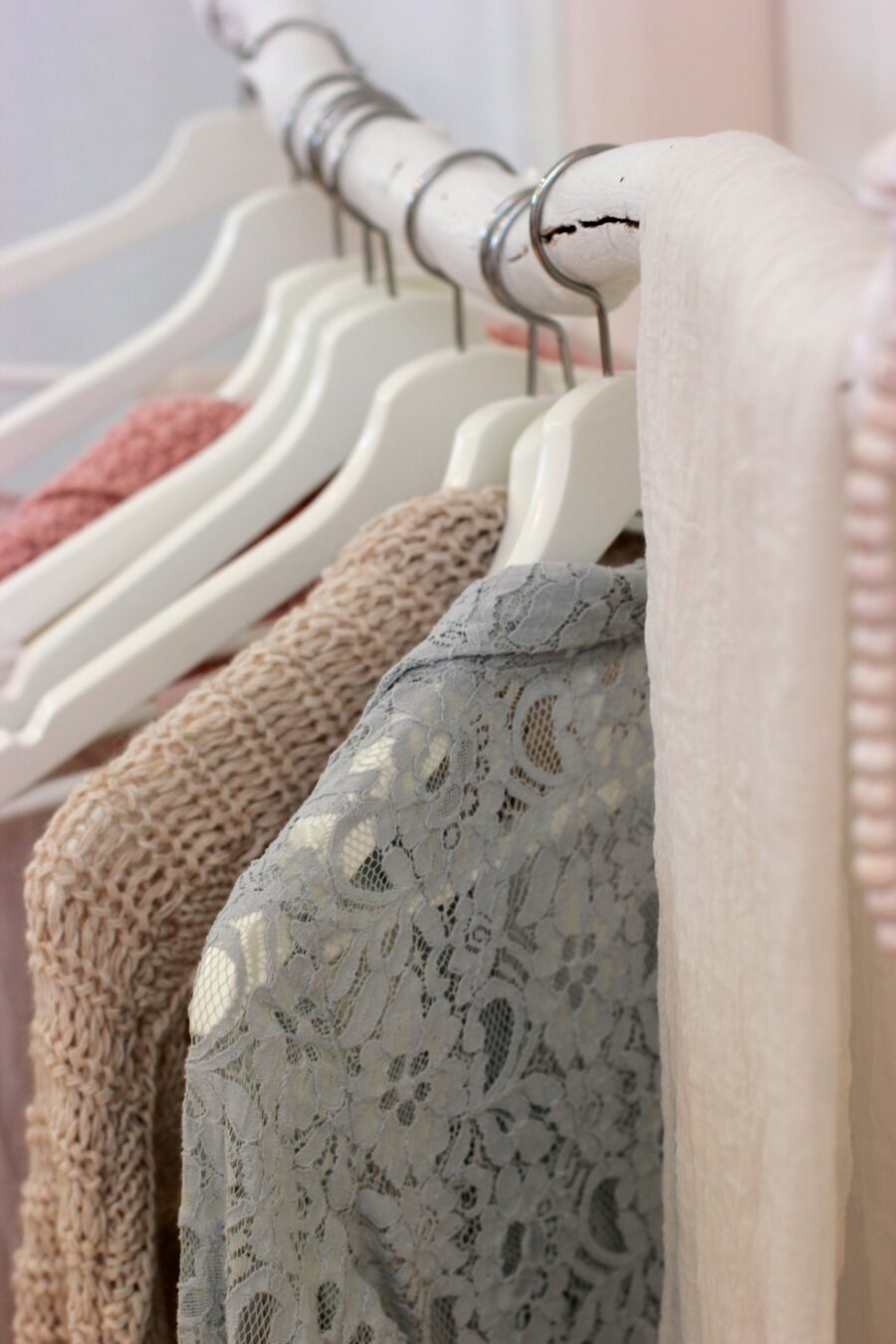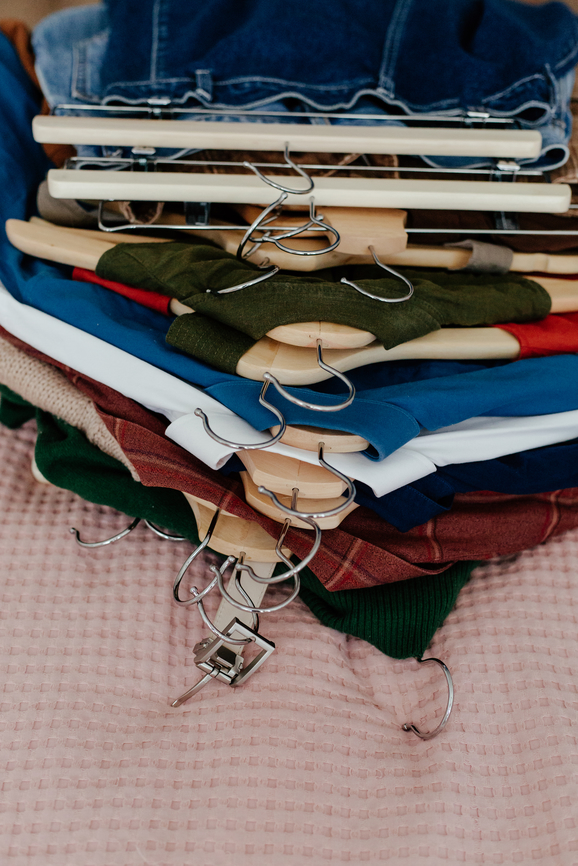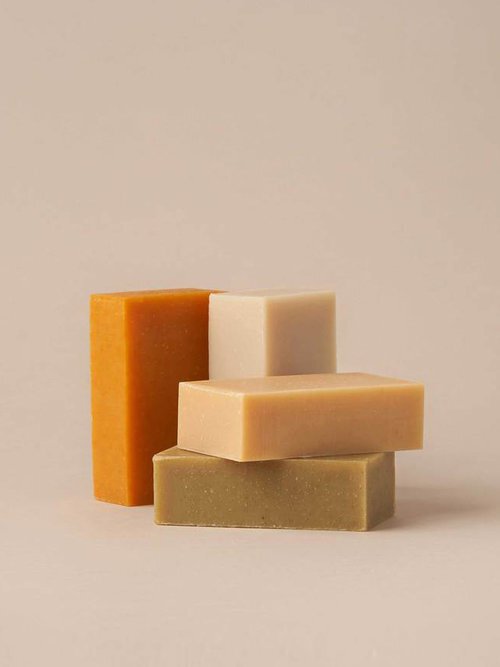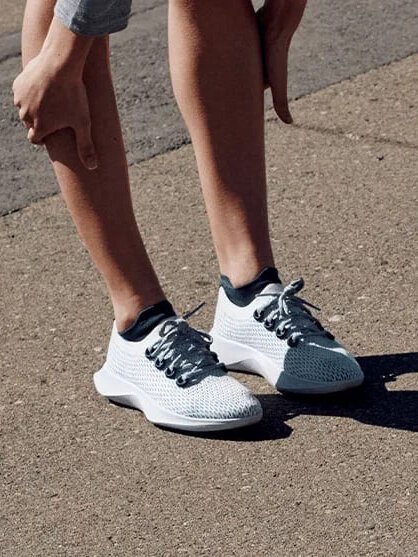
How Sustainable Are Clothing Rentals?
I’m always looking for new ways to add flair to my outfits. Between microtrends and Pinterest pages filled with fashion inspiration, it can be challenging to curate a wardrobe that feels like a true expression of myself. It can be even more difficult to do so while maintaining variety and being mindful of overconsumption. When my vacation rolled around this spring, I decided it was the perfect opportunity to try renting clothes for my trip to the beach.
“Between microtrends and Pinterest pages filled with fashion inspiration, it can be challenging to curate a wardrobe that feels like a true expression of myself.”
But first, a bit more about clothing rental companies and how they work. Now a $1.57 billion industry, the clothing rental market is booming with a growing range of options, from luxury selections to more accessible subscriptions. The model was first designed in 2009 by Rent The Runway co-founders Jennifer Hyman and Jenny Fleiss. After Hyman’s sister went into debt over a dress for a wedding, Hyman decided that renting designer garments rather than purchasing them was the smarter way to go. The pair started a pop-up rental shop on Harvard’s campus, which grew in 2016 into the novel online clothing rental subscription we know today.
The main draw of clothing rental services is the ability to switch up your style with low commitment to the garments themselves. These services are ideal for events like parties or vacations, where you may need a specific outfit but don’t want to invest in a new piece. They’re also great for maternity wear, especially when the clothing may not fit for long. As an aside—If you can’t bear to part with one of your items when the rental period is over, you can buy it at a discounted price. And if you’d like to keep your items beyond your return date, you have the flexibility to do so, given you pay your next month’s subscription fee.
“The main draw of clothing rental services is the ability to switch up your style with low commitment to the garments themselves.”
Clothing rental services have also been praised as a sustainable and circular alternative to the fast fashion model, which quickly takes clothes from production to the landfill, often having been worn only a handful of times. When customers send their rented selections back to be passed along to someone else, the clothing is given a longer lease of life. Consumers are also dissuaded from buying and holding on to items they may only wear once. Rent The Runway highlights 24% less water, 6% less energy, and 3% less emissions on average for each garment rented through the platform instead of purchased new.
However, the model of environmental impacts is certainly not one size fits all. Emissions from constant transportation and dry cleaning between each customer quickly adds up and can outweigh the benefits, but a lot of it comes down to how you use the service.
“The model of environmental impacts is certainly not one size fits all.”
To try out the clothing rental model for myself, I decided to rent from Nuuly. Founded in 2019 by URBN—parent company to Anthropologie, Urban Outfitters, and Free People—and based in Philadelphia, I liked the site’s selection and relative affordability compared to other services. Nuuly charges $98 for six items, as compared to some of the other sites, which sometimes cost upwards of $200.
I signed up for the monthly subscription and picked out six garments for my beach trip: three crop tops in trending styles and three unique dresses. Within a few days, my clothes arrived in cute reusable packaging. I was able to wear all of my items for my trip, and then drop them off at my local UPS to be returned and cleaned before their next use. Once they confirmed receipt, I was ready to order my next picks.
“Not every piece was a hit, but I got to experience some real fairytale moments in outfits I never would’ve worn otherwise.”
Over the course of three months, I tried a little bit of everything: dresses, skirts, pants, and tops, mostly in brightly-colored prints. Not every piece was a hit, but I got to experience some real fairytale moments in outfits I never would’ve worn otherwise (hello, gorgeous poofy tea time dress!). I even bought one piece—a sheer blue top that now serves as my go-to for artsy events.
Overall, the process of renting with Nuuly was nothing if not convenient, though deciding to pay for clothes that I wasn’t going to be able to keep was a bit of a hurdle for me. Still, I was excited for the chance to experiment without unworn clothes piling up in my wardrobe. Commiting to renting pieces that would only be with me for so long forced me to be intentional about what I was choosing and what role each piece would play for the time being.
Because the pieces I picked out were so distinct and sometimes occasion-specific, many of them only got one wear. Extending the rental by paying for the following month didn’t feel practical or financially sustainable. In terms of cost-per-wear, this is not the most efficient or sustainable option. And if you continue to buy clothes at the same rate with a subscription service, the sustainability benefits are easily lost.
“I loved how the time constraints served as an unconventional reminder of the value of clothing.”
At the same time, I loved how the time constraints served as an unconventional reminder of the value of clothing. It prompted me to make the most of each piece before I had to send them back, and I put together some of my best outfits. The pressure has also inspired me to find new ways to style my existing closet and get the most out of what I already own.
“Getting a good grasp of your personal style and selecting garments accordingly is a great way to reduce waste.”
While I don’t think renting clothes is a good long-term strategy for me, it’s been nice having the option to sprinkle in some unique threads while honing in on what could resonate with me long term. Getting a good grasp of your personal style and selecting garments accordingly is a great way to reduce waste in your clothing consumption patterns. Similarly, if you’re going on vacation or need a dress for a special occasion, renting can be a much more sustainable way to go.
Despite the time constraints and financial barriers, circular practices like clothing rentals becoming mainstream is a win to me. With longer rental periods and incentives to wear your garments more often before returning them, clothing rentals do have the potential to mitigate a lot of waste. For now, my rentals will have to wait until my next big trip, and I’ll be sure to add outfit repeating to my itinerary!
Nia Shalise (she/her) is an eco-conscious content creator based in Boston. You can usually find her amplifying sustainable practices online while drinking tea, or coffee, or possibly both. Connect with her on Instagram!



